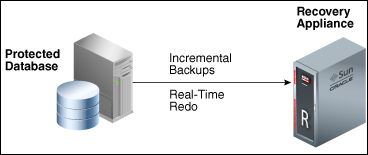It is well known that Exadata delivers a lot of power for databases and, besides that, has a lot of features that can be combined to reach the desired goals. But you need to understand how to use Exadata, it is not just knowing the internal hardware pieces, put some SQL hints, or use smart scan that makes a better DBA (or DMA).
Think about the “traditional” environment (DB + storage) and how you check for performance problems there. Basically, you just have/receive the number of IOPS from luns, throughput in MB/s, and latency from the storage side. But Exadata provides a lot of metrics that go beyond that and can be used to really understand what it is happening between the database and the access of data blocks.
For me, one of the most underrated (and not even well explained in web) features of Exadata is the metrics because they can help you to really understand Exadata deeply. As an example, from metrics, you can check the MB/s read from flash cache, disks (per type), flash log writes, reads that bypassed flash cache and went to disk, Smart I/O per database, PDB or consumer groups. It is not part of this post explain all the metrics (will be in another one), but you can read more at Chapter 6 of the Exadata User Guide.
In this post, I will show you one example of how to use the metric to identify and solve database problems. Sometimes it can be a hide and seek game, but I will try to show you how to use metrics and how they can help you on your daily basis.
Click here to read more…
